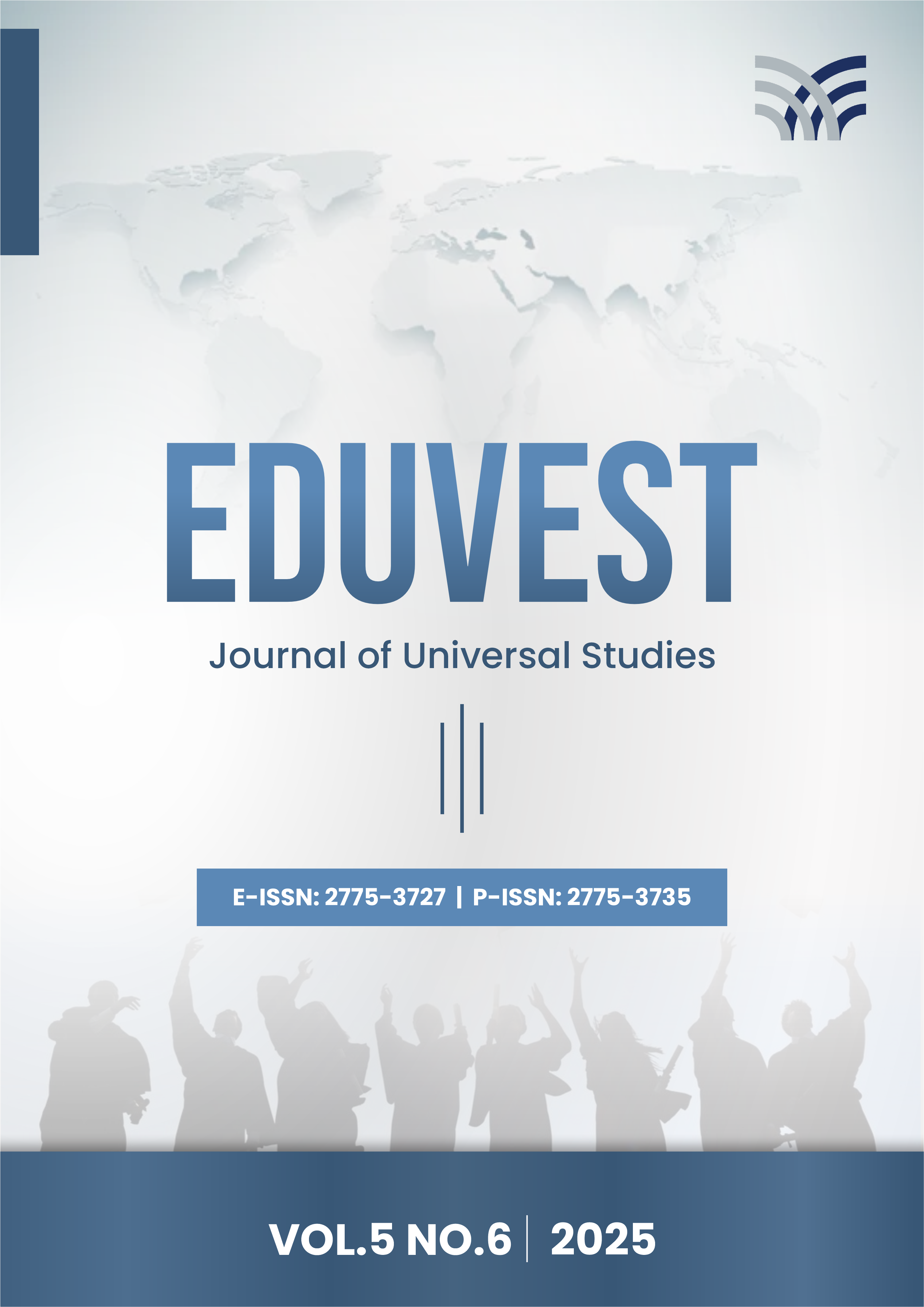Pipeline Pinching Prevention Strategy in Oil Well Exploration to Improve Time Effectiveness in Oil and Gas Exploration
DOI:
https://doi.org/10.59188/eduvest.v5i6.50186Keywords:
Stuck Pipe, BIM, Time Efficiency, Oil and Gas ExplorationAbstract
This research proposes innovative strategies to prevent pipe sticking incidents in oil well drilling activities, with a focus on improving time effectiveness through the implementation of Building Information Modeling (BIM). The methodological approach includes risk analysis, early detection system design, and the integration of BIM technology in both planning and operational monitoring. Involving accurate BIM models, this research aims to identify potential hazards and reduce the risk of pipe sticking with more efficient solutions. It is expected that the implementation of these strategies will optimize operational time, reduce detrimental downtime, and overall enhance the sustainability of oil and gas exploration activities. The application of these pipe sticking prevention strategies has a significant positive impact on the oil and gas exploration industry. The research results promise contributions in terms of improved operational efficiency and increased safety levels. By combining careful risk analysis, responsive early detection systems, and the excellence of BIM models in modeling and monitoring, this research opens up the potential to advance industry practices in managing complex operational risks. Overall, this research provides new insights for stakeholders in the oil and gas industry to address exploration challenges with a more proactive and integrated approach.
Downloads
Published
How to Cite
Issue
Section
License
Copyright (c) 2025 Muhammad Iqbal Rahmatullah, Ayomi Dita Rasarati

This work is licensed under a Creative Commons Attribution-ShareAlike 4.0 International License.











